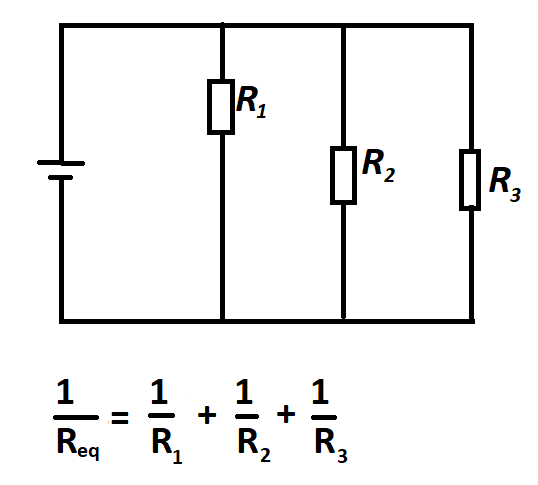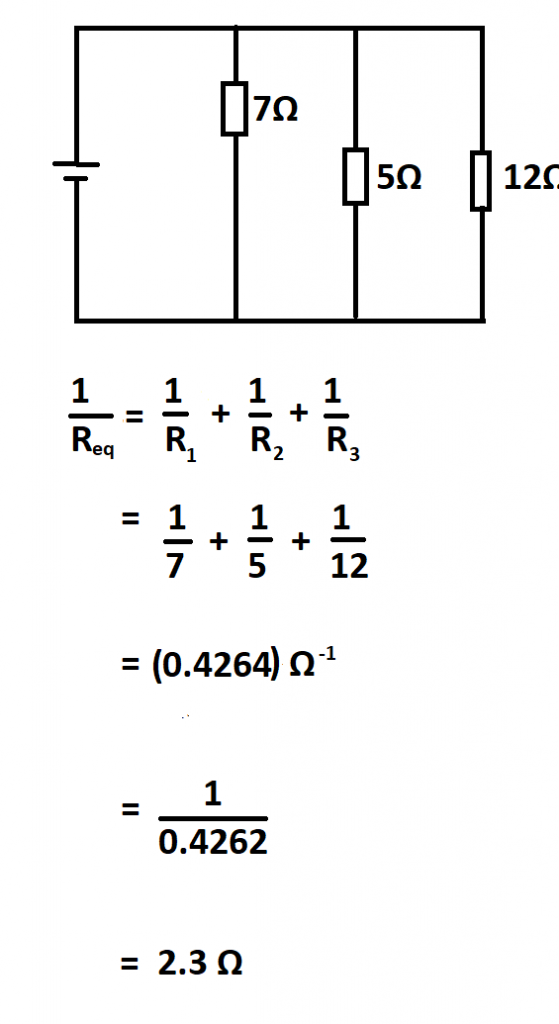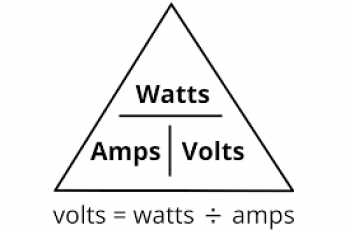An electrical circuit is a path or line through which an electrical current flows.
A parellel circuit on the other hand, has two or more paths for current to flow.
Resistance is a measure of the opposition to current flow in an electrical circuit. Resistance is measured in ohms (Ω) .
Formula to calculate resistance in parallel a circuit.
For instance, the presence of two 4-Ω resistors in parallel would be equivalent to having one 2-Ω resistor because, with two equal pathways for charge to flow through the external circuit, only half the charge will choose to pass through a given branch.
This is the concept of equivalent resistance. This is the amount of resistance that a single resistor would need in order to equal the overall effect of the collection of resistors that are present in the circuit .

Example:
Calculate the total resistance in the following circuit.

Therefore, the total resistance in the circuit is 2.3 Ω .

